Cocktail
Jewelry in the 1940s: War and Resource Scarcity
During the difficult 1940s, the materials available for jewelry were severely limited due to the war. Precious metals like gold were scarce, and platinum was extremely rare, making it nearly impossible to obtain. As a result, rose gold and ruby became widely used, along with semi-precious stones like sapphires, citrines, aquamarines, amethysts, and moonstones.
The design of this era embraced both natural and non-natural motifs, focusing on the quality of gemstones, their settings, and cutting styles. Fashion trends also shifted toward practicality, and jewelry that could complement drab clothing with a touch of brightness became highly desirable. Consequently, the demand for costume jewelry and antique pieces grew, and the “cocktail jewelry” trend emerged, with existing jewels being reworked into new designs.
The Shift of the Jewelry Industry to the U.S.
As many European jewelry manufacturing factories shifted to producing weapons during the war, skilled jewelers fled to the U.S., establishing a new center for the jewelry industry. Fashion during this period favored casual yet urban sophistication, and costume jewelry made from affordable materials was used to create diverse, vibrant cocktail jewelry with unique and creative expressions.
Surrealism, which had emerged in the 1930s as an alternative to Modernism, influenced jewelry design, and its motifs became prominent in this era. More than the market value of materials, the craftsmanship and artistry of the designer were highly valued.
Iconic Jewelry from the 1940s
Salvador Dalí, known for his surrealist artistry, designed two striking brooches during this time:
<A lips brooch crafted in 18k gold, adorned with rubies and pearls><A heart brooch made from rubies, diamonds, and gold>
Costume Jewelry and Alternative Materials
During the war, the scarcity of precious metals led to the popularity of costume jewelry made from sterling silver, which was allowed due to its affordability. Sterling silver is an alloy consisting of 92.5% silver and around 7.5% copper or other metals, and it is still widely used in jewelry today.
Additionally, vermeil, which is gold-plated sterling silver, became a popular choice for designers seeking to create pieces that mimicked the appearance of gold.
<The vermeil brooch, with its green cabochon and small gemstones, is a representative piece from the 1940s>






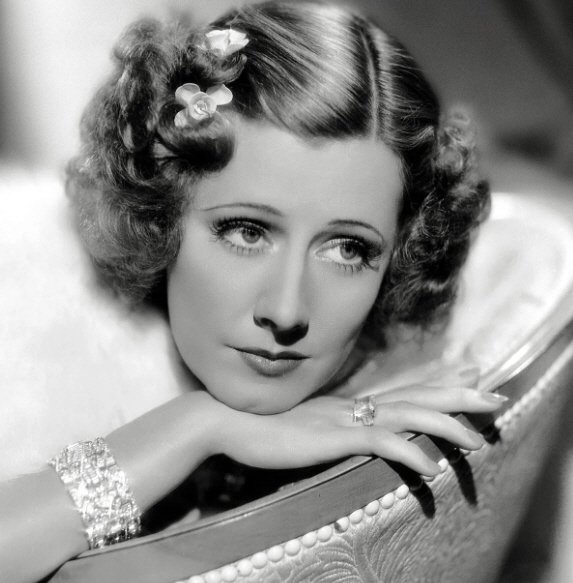

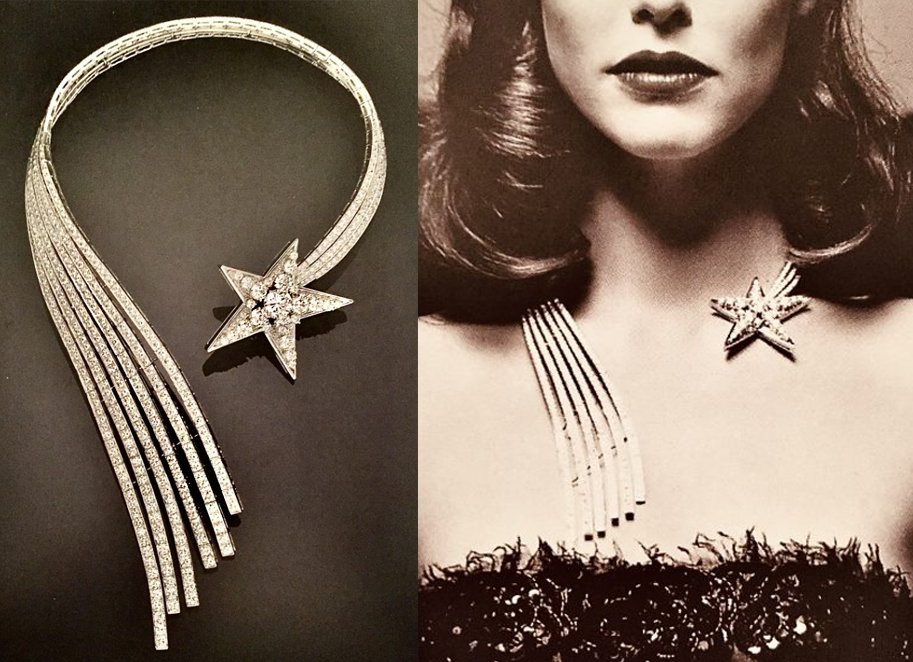
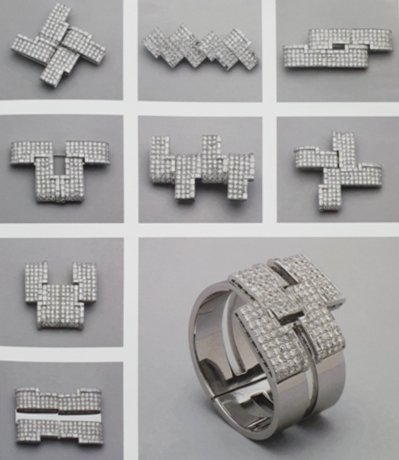
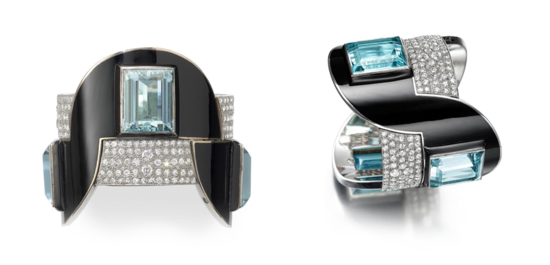
 <J. Fouquet Cuff -Cufflink, 1920>
<J. Fouquet Cuff -Cufflink, 1920> <Van Cleef & Arpels, 1922>
<Van Cleef & Arpels, 1922>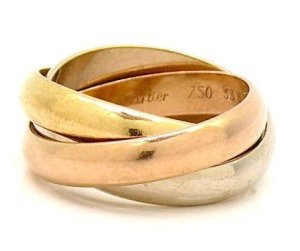 [/vc_column_text][/vc_column][/vc_row]
[/vc_column_text][/vc_column][/vc_row]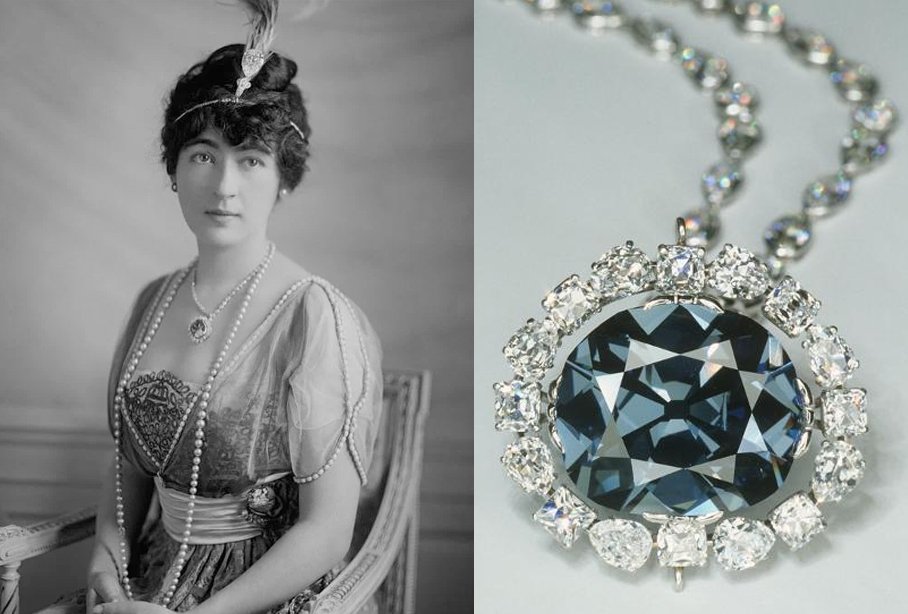
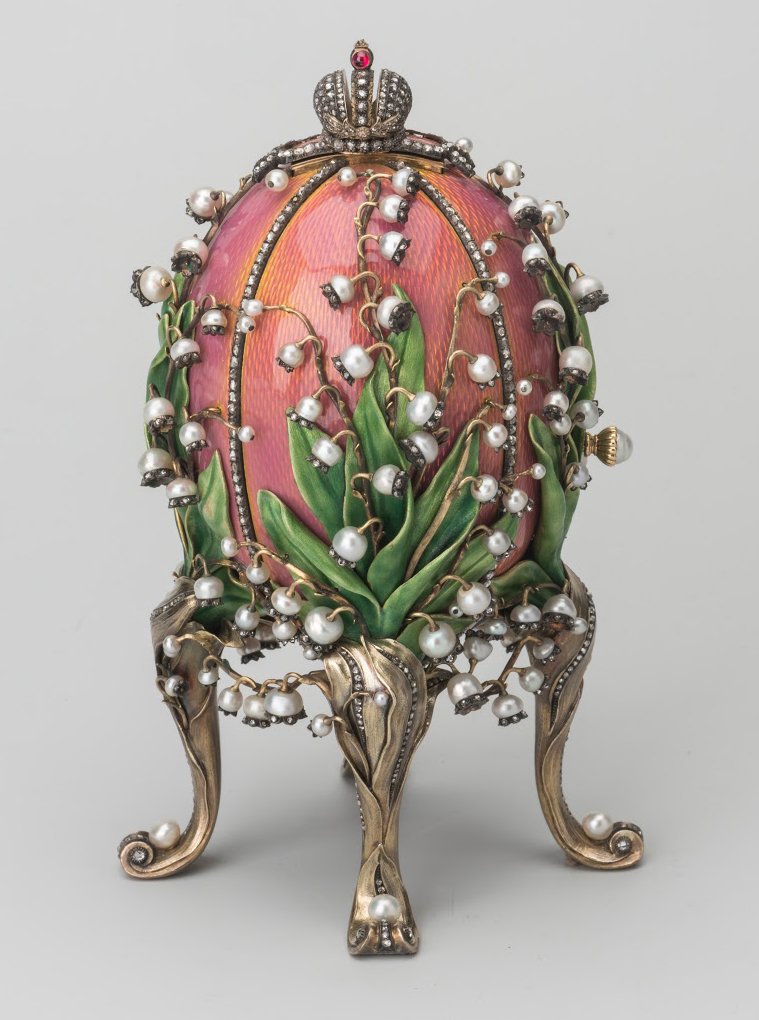
 <Evalyn Mclean wears the famous blue diamond Hope, Cartier 1910>
<Evalyn Mclean wears the famous blue diamond Hope, Cartier 1910>